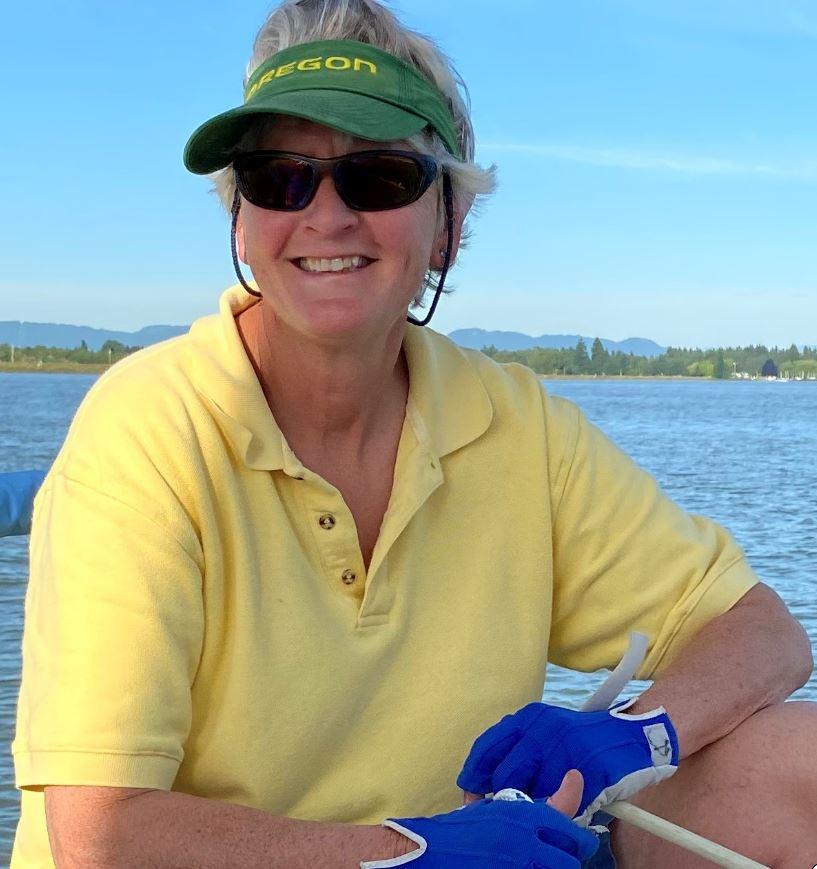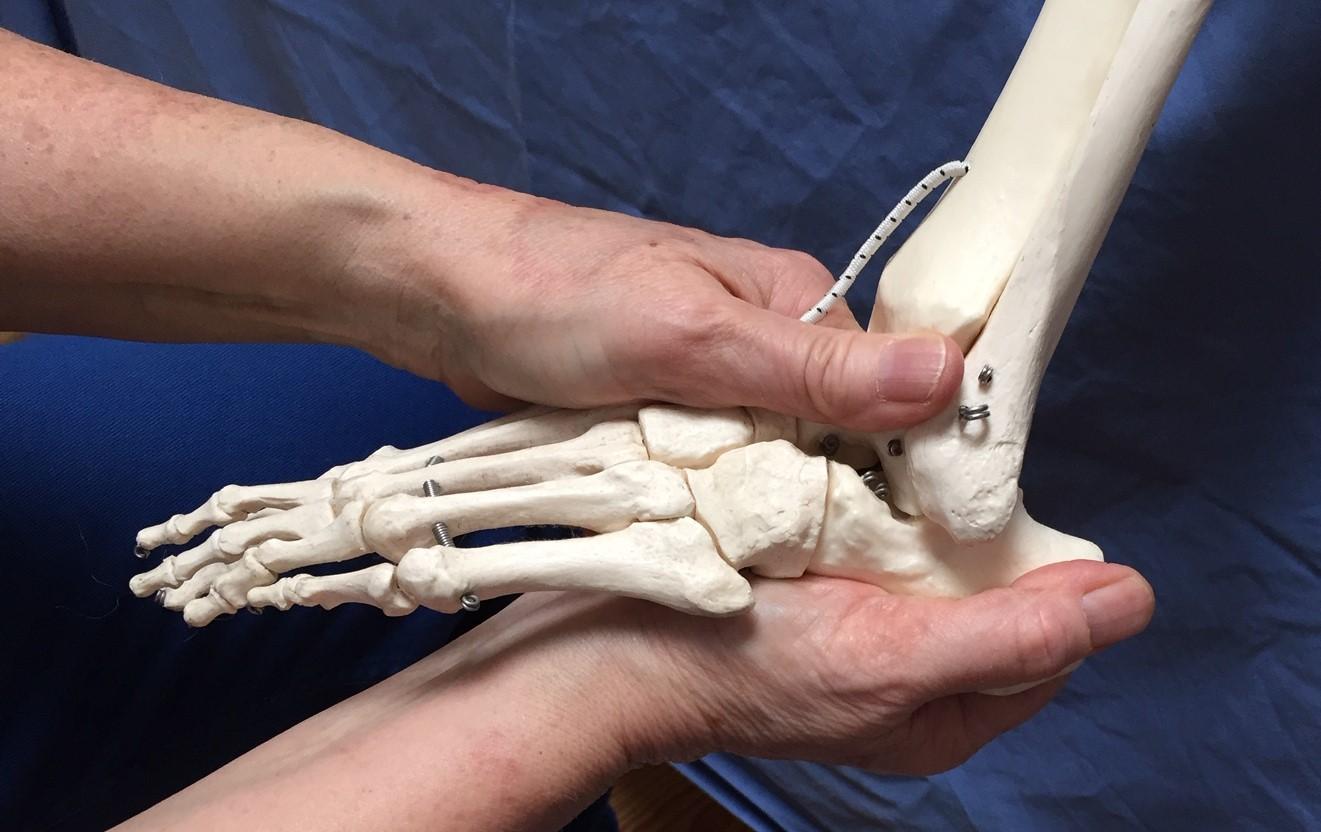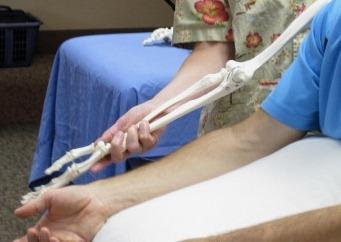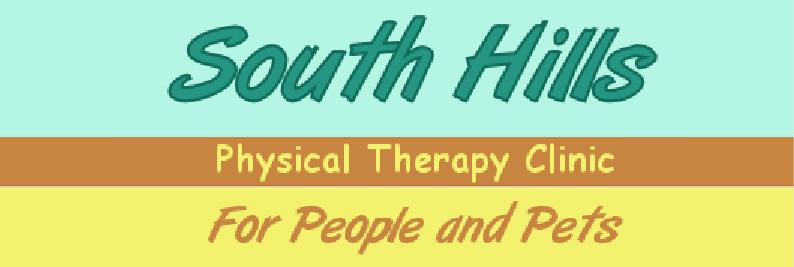
Treating The Whole Body Through Human Normalization Therapy (Osteopathy)

Patricia M. Kortekaas, PT, PC, ANT-c
Osteopathy and Human Normalization Therapy (HNT)©
Osteopathy is a non-pharmacological, “hands-on” approach that encourages the body to heal itself using the body’s intrinsic forces and corrective mechanisms to achieve homeostasis. Osteopathy views the body as a FUNCTIONAL and HOLISTIC unit. Practitioners of osteopathic techniques believe that the body knows what is best for itself and therefore treatments should be aimed at strengthening the body’s own defense mechanisms.
Human Normalization Therapy (HNT)© is defined as “a unique combination of manual therapy techniques derived from the principles of osteopathy with its main goal to “normalize’ vascular, lymphatic, neurological, and fascial dysfunctions in the body.
History of Osteopathy
In the early 19th century, the American physician Andrew Taylor Still realized that the human body was potentially PERFECT in its form and function. This made him want to understand the secrets held by the body’s natural design. Dr. Still looked at the body as a highly complex machine, which requires perfect alignment and lubrication for optimal function. He concluded that three systems in the body are essential for its optimal function, which he characterized as “The Unity of Function”. These include the circulatory (blood and lymph) system, the nervous system, and the fascia. The importance of the fascia, which unifies the body, is still often overlooked. Fascia is connective tissue found everywhere in the body, surounding blood and lymph vessels, nerves, organs, and muscles. The fascia is important for overall support, lubrication (blood and lymph flow) and acts as a “mechanical brain” for the musculoskeletal system.

These three functional systems organize the body into a unified continuous whole. Any inappropriate alteration in the structure and fluid flow in one part of the body can trigger dysfunction in other parts of the body. The body will compensate if it can, until it breaks down, with either local symptoms or body-wide dysfunction (system disease). Andrew Taylor Still, DO, also discovered an important direct relationship between the musculoskeletal system and the function of the rest of the body. Whenever there is dysfunction in the body, it is reflected by alterations in the musculoskeletal system, such as tight muscles, decreased range of motion in the joints, asymmetry in gait, etc.
We can divide osteopathy and HNT© into two basic categories:
1. Direct Normalization Techniques including Chiropractic techniques
2. Indirect Normalization Techniques acting “away” from the restrictive barrier
These techniques are well known to physical and manual therapists; however, they are foreign to most traditional medical practices. A regimen of osteopathic treatments usually helps restore a human’s normal function more quickly and permanently than many other rehabilitation techniques. Osteopathy and HNT© are also often able to resolve ill-defined issues (auto-immune) not easily resolved with conventional medical protocols.
Osteopathic Treatment Steps
Focusing treatment on the most painful areas, in general, does not lead to complete and sustained relief, as the underlying dysfunction may be missed. Rather, a fundamental principle of osteopathy is to resolve the CORE problem, layer by layer. To do this, one must first locate and treat the AREA of GREATEST RESTRICTION (AGR). The AGR is the part of the body with the greatest dysfunction that also has the most influence on other systems of the body. Following that concept, you can work sequentially from the AGR through to the least restricted areas. This is called SEQUENCING. Because the underlying issue may be multi-faceted and complex, this approach will ensure both complete and lasting results.
Diagnosis
Diagnosis is the identification of the nature of a problem through examination of symptoms. On the road to making a diagnosis, the practitioner typically will make a list of possible diagnoses (differential diagnosis). In osteopathy and HNT©, the art of DIFFERENTIAL DIAGNOSIS is just as important as in conventional medical practice: it is essential but may be difficult. The movements in the lumbo-pelvic area, for example, during the gait cycle are complex and overwhelming at times, especially when we are observing an altered gait. Where does one start?
There are three RULES for MANUAL THERAPY from a HOLISTIC approach, which helps the practitioner arrive at the correct diagnosis and appropriate treatment:
1. WHERE is the problem?
2. WHAT is the probelm?
3. HOW do I treat the problem?
These rules will help you locate the injured/dysfunction area(s) and determine what problem(s) exist, and what technique(s) are necessary to resolve the disruption(s).

WHERE is the location of the problem? After, we use manual therapy skills to figure out where the AGR is, we need to determine WHAT problem we have under our hands. In order to do this correctly, we use the order of Hierarchy of Protection to determine the scope of the problem. Once we have this established, we decide HOW we are going to fix the dysfunction with all the “tools” in our toolbox and in which order (sequencing).
Understanding the HIERARCHY of PROTECTION ORDER for the injured body will help you to identify the core problem. Andrew Still, DO, identified this hierarchy, and called it the RULE of the ARTERY because the blood supply is the most immediately vital system for every living creature. If the blood supply were compromised secondary to an injury, there would be limited life force available to help the body heal. Thus, the body responds to an injury in a certain order to protect the body from damage and increase its chances for survival. The most essential/important systems are at the top of the hierarchy.
The body protects itself in the following order:
1. Vascular system (arterial/venous), Lymphatic system and unifying Fascia
2. Nervous system
3. Organs (visceral motility)
4. Endocrine system
5. Musculoskeletal system
In osteopathy and HNT©, it is helpful to keep a simplistic model of the major function of muscles in mind: Muscles are MOVERS, or muscles are PROTECTORS! Their primary function is to MOVE the body; when two or multiple bones move when a muscle contracts, the muscle is doing the “right thing”, its main function. But, if a muscle is in a “contracted” state but is not moving anything, the muscle is in PROTECTIVE mode around some problem! To treat the actual deeper problem, we must find out exactly what the muscle is protecting.
To do this, you use the hierarchy model by identifying the systems that might have a problem that could cause that muscle or muscles to be in protective mode. When you have figured out what the muscle(s) is (are) protecting, you can choose the appropriate technique for the core problem, thus speeding the body’s healing with long-lasting results.
HOW are we treating the problem? We can use the following appropriate techniques if we have determined the problem in our examination:
a. FUNCTION INDIRECT techniques (FIT)
b. CARDIO-VASCULAR techniques (VaNT)
c. LYMPHATIC techniques (LyNT)
d. NEUROLOGICAL and DURAL techniques (NeuNT)
e. CRANIAL-SACRAL techniques (CrsNT)
f. FASCIAL LINES manipulation through OSTEOPHONICS (FaNT)
